SCS Blog Search
| Title | |
|---|---|

|
Blog: Roe v. Wade, the GOP, and echoes of Augustus: Reproducing fascismSerena Witzke | |

|
Blog: Sampling Epic in Kendrick Lamar’s “Mortal Man”Justine McConnell | |
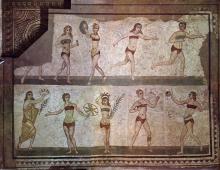
|
Blog: Ancient Worlds, Modern Communities: Interpreting the Ancient World through Music, Art, and PhotographyNina Papathanasopoulou | |
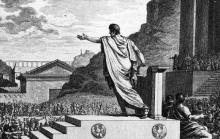
|
Blog: Impeachment and Republican RomeSerena Witzke | |
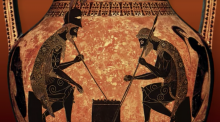
|
Blog: Making Greek Vases Come to Life Through AnimationSonya Nevin | |

|
Blog: Are We Orpheus or Eurydice? Singing Salvation in Popular MusicEleonora Colli | |

|
Blog: Why is Heavy Metal Music Obsessed with Ancient Sparta?Jeremy Swist | |
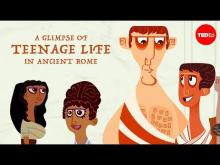
|
Blog: Teaching Roman Daily Life Through Animation: Spotlight on Ray LaurenceSarah Bond | |
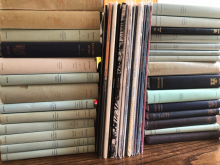
|
Blog: Music and Mythology: A Classics Playlist for the End of SummerChristopher Trinacty | |
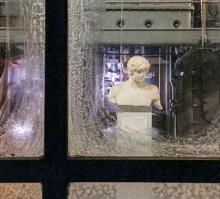
|
Amphora: The Metal Age—The Use of Classics in Heavy Metal MusicKristopher Fletcher | |
From Euterpe to YouTube: Popular music and the classicsT. H. M. Gellar-Goad | |
